Irresistible as ever
Spectacular exhibitions and heavenly scents lure crowds to Paris museums despite turbulence
Crowds are continuing to flock to spectacular exhibitions at the museums and other attractions in Paris this spring, undeterred by the most recent turbulence.
A trip to the City of Light is always an adventure, but ever since the November 2015 terror attacks, the resilient city's ancient Latin motto "Fluctuat nec mergitur" ("Tossed, but never sunk" under a ship on its coat of arms) has been speaking especially clearly to visitors as well as residents from the monuments and buildings where the words are inscribed.
While waiting in an unusually long line to Customs at Charles de Gaulle airport after my Air France flight's arrival last month, I heard that an apparent terrorist attack had killed a police officer on the Champs-Elysees the night before. That day, a story headlined "Sadly, tourists will once again ask themselves if it's safe to visit Paris" ran in The Local/AFP.
On that afternoon and ensuing days, however, based on what I observed and the variety of accents I heard (particularly American), there was no paucity of tourists strolling the tree-lined Champs-Elysees leading to the Arc de Triomphe, or anywhere else I went in Paris, for that matter.
Like me, many tourists include a visit to at least one of Paris' famous museums because they routinely show outstanding exhibitions. A popular destination on the Champs-Elysees for many visitors at this time is the Grand Palais, whose blockbuster celebration of the works of Auguste Rodin 100 years after his death tops the list of Paris art exhibitions through September 2017 reviewed by Tony Cross in RFI.
"Rodin, the centenary exhibition" is simply breathtaking. It shows 200 of the great 19th-century sculptor's works as well as some by artists he influenced, like Zadkine and Matisse. I found "The Burghers of Calais" and "The Gates of Hell" singularly arresting and powerfully communicative.
"Vermeer and the Masters of Genre Painting" at the Louvre is another smash; best to reserve tickets in advance for this one, as well. This exhibition is equally instructive, showing how Johannes Vermeer (1632-1675) was among a number of remarkable Dutch artists who used light to special advantage in painting domestic scenes during the Golden Age of the Republic of the Seven United Netherlands.
"Pissarro in Eragny: Nature Regained" at Musee du Luxembourg displays peaceful landscapes painted by Camille Pissarro (1830-1903) in a village called Eragny-sur-Epte during the latter part of his life. The exhibition features about 100 paintings, drawings and engravings. "La Cueillette des Pommes" is particularly appealing: a lovely, sunlit piece portraying several laborers collecting apples from a tree.
Beyond the stars
The ever-popular Musee d'Orsay is attracting enormous crowds with "Beyond the Stars, the Mystical Landscape from Monet to Kandinsky," a collection organized in partnership with the Art Gallery of Ontario. This exhibition presents late 19th- and early 20th-century landscape paintings that focus on the mystical depictions of artists including Serusier ("Incantation" or "The Sacred Woods"), Gauguin ("Vision after the Sermon" and his self-modeled "Christ in the Garden of Olives"), Van Gogh ("Starry Night"), members of the Canadian Group of Seven, and others who looked beyond the stars.
You really should buy a double ticket to get beyond the stars at the Orsay as well as across the Seine to the Musee de l'Orangerie to savor the wonderful "Tokyo Paris Masterpieces from Bridgestone Museum of Art of Tokyo, Collection Ishibashi Foundation." The founder of the Bridgestone tire company, Shojiro Ishibashi, started collecting art in the late '30s, and in 1952 commissioned a museum to house his collection in Tokyo.
While it's being renovated, we get to see stunning works by artists including Monet ("Twilight, Venice," "Flood at Argenteuil"), Manet, Cezanne ("Mont Sainte-Victoire and Chateau Noir"), Courbet ("Deer Running in the Snow"), Caillebotte ("Young Man at the Piano"), Matisse, Picasso, Pollock and Shiraga.
Heavenly scents
Aside from its reputation for fine art, Paris is well known for its fine perfumes. If you appreciate heavenly scents, be sure to "journey into scent at Paris' new Grand Musee du Parfum," as the Australian Financial Review suggests.
This high-tech interactive museum is located in an expensively refitted 18th-century mansion that previously housed the Christian Lacroix maison de couture on fashionable rue du Faubourg Sainte-Honore. The museum's technology partner, Scentys, designed the elaborate equipment throughout the museum that emits various fragrances which visitors can sniff to determine whether their olfactory nerves are as discerning as they might believe them to be.
In one room, for example, there is a long row of steel balls which emit the scents that comprise the building blocks of perfume. You pick up one of the balls, sniff that odor emitted, select your language, and a pleasant electronic voice will tell you what you just smelled, such as rose, orange blossom, jasmine or another scent. In other rooms, you can learn a great deal about the history of perfume. I particularly enjoyed the collection of perfume bottles from the past.
All told, just like Paris, the Musee du Parfum is a heady experience. After sampling a significant number of 70 different, delicious scents, I felt a little intoxicated as I staggered, smiling, out of the building. As I made my exit onto the avenue, I unwittingly attracted the attention of a couple of passersby who abruptly decided to investigate the new museum, hoping to have whatever I had in there.
Paris: always an adventure.

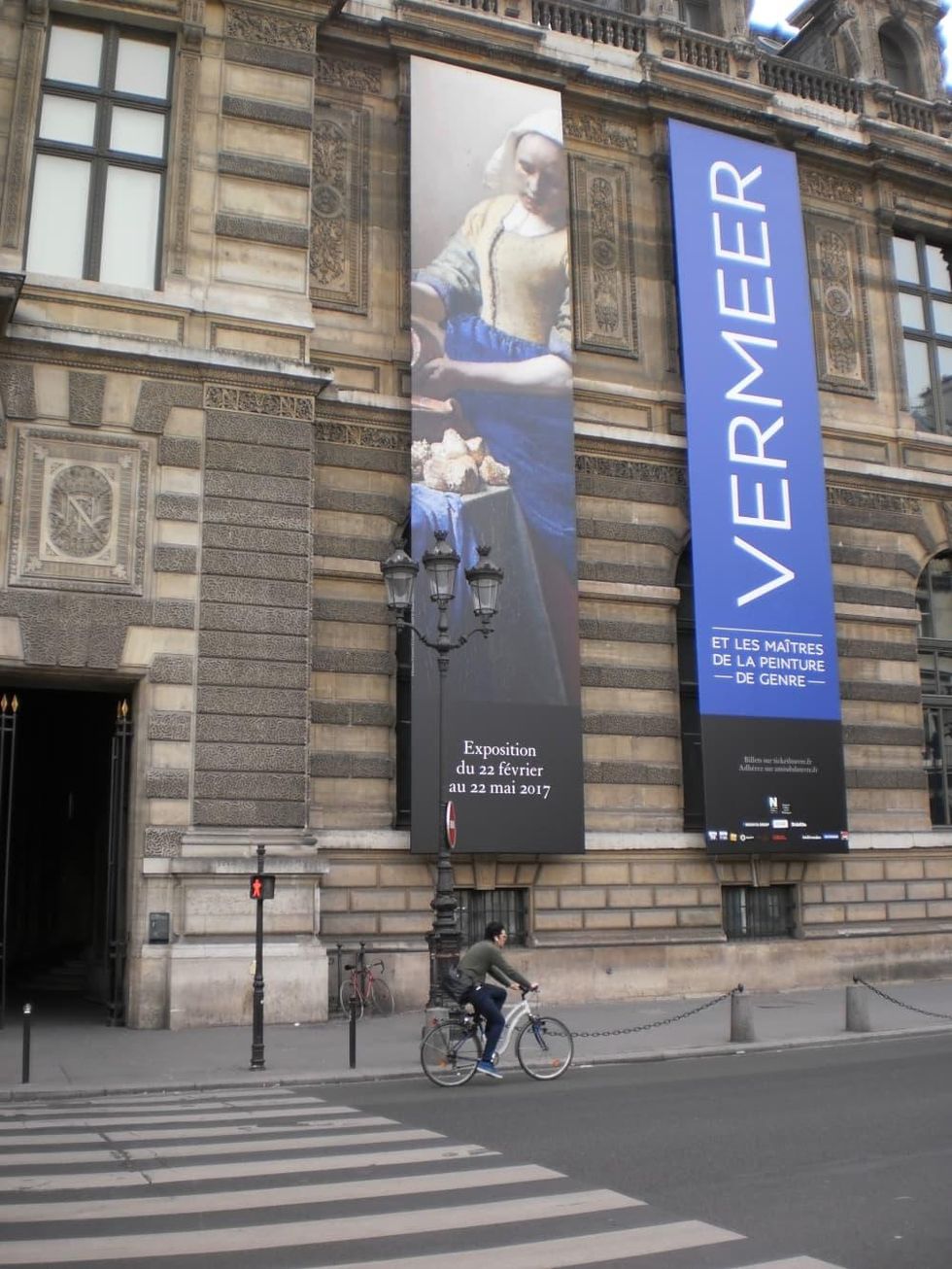
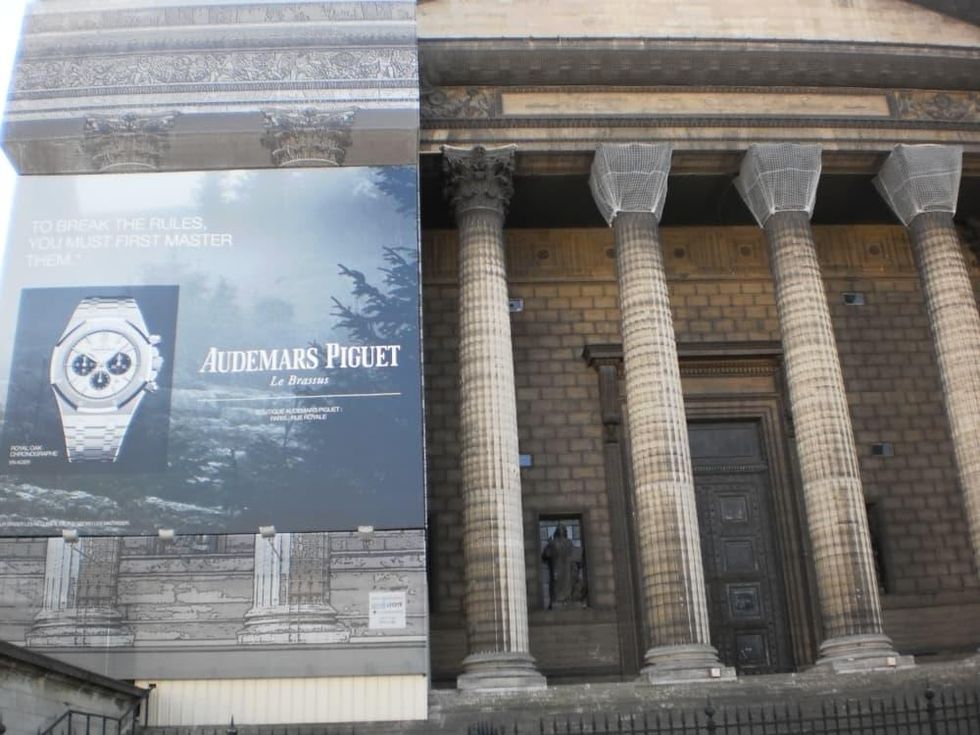
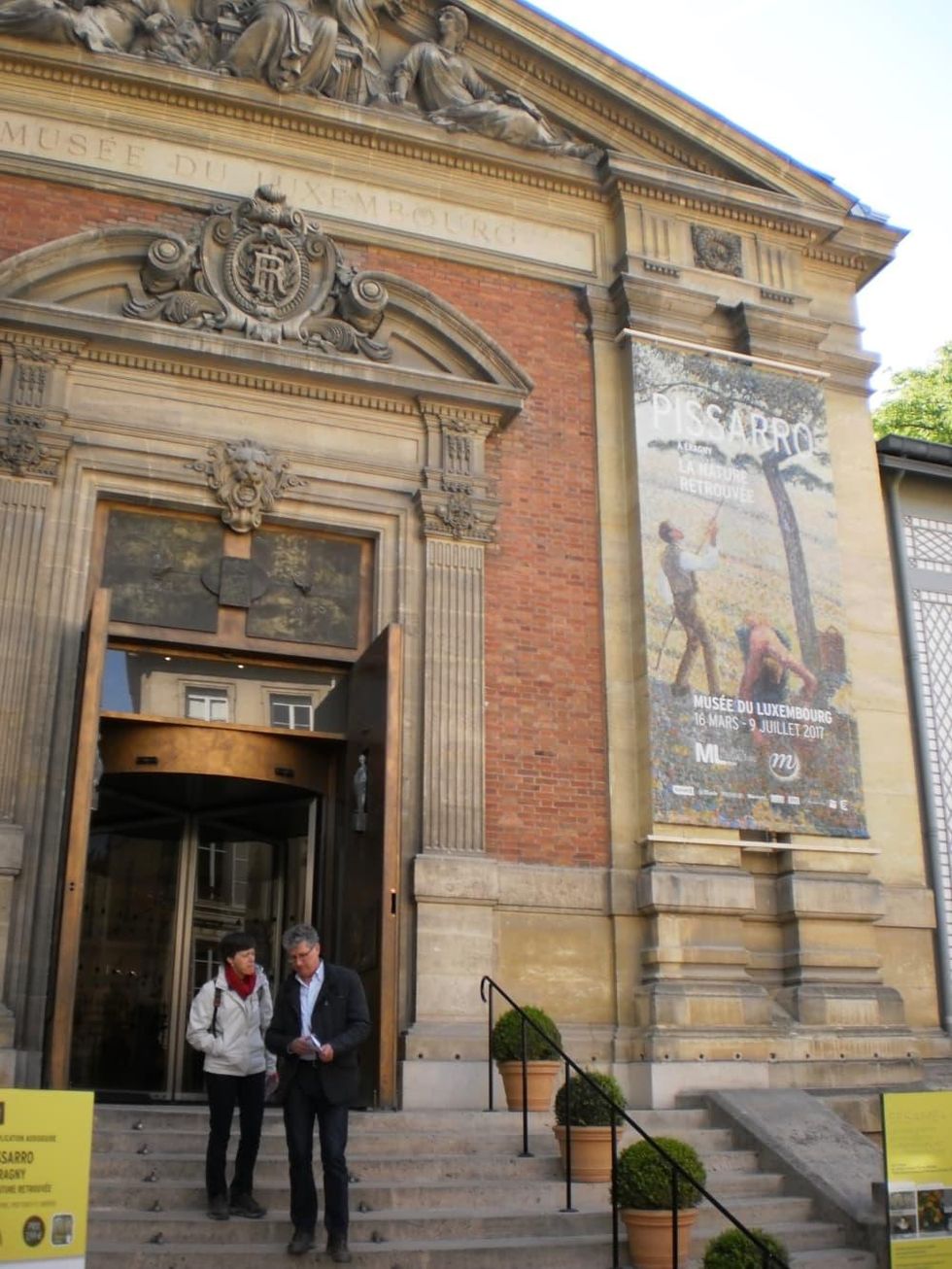
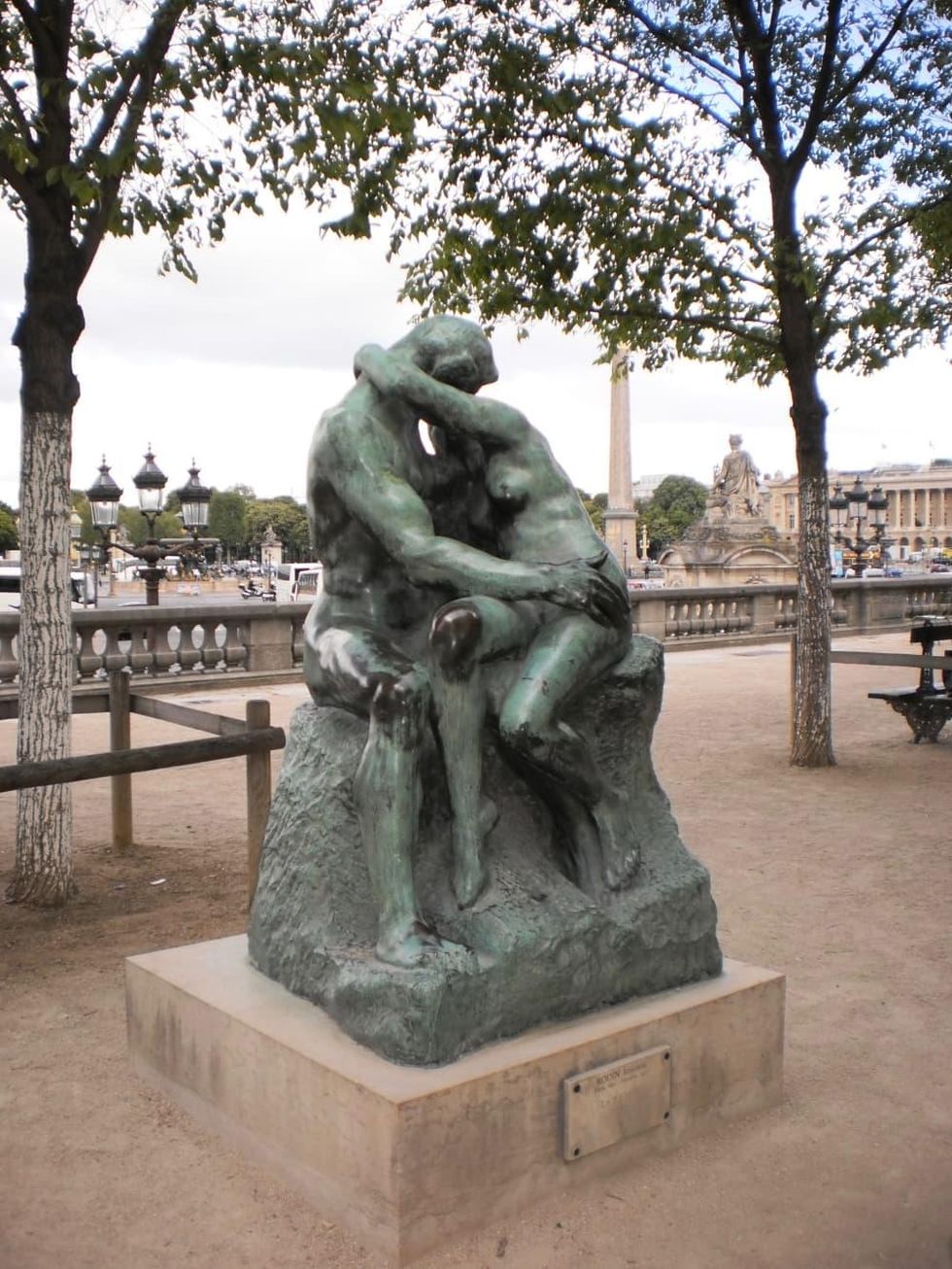
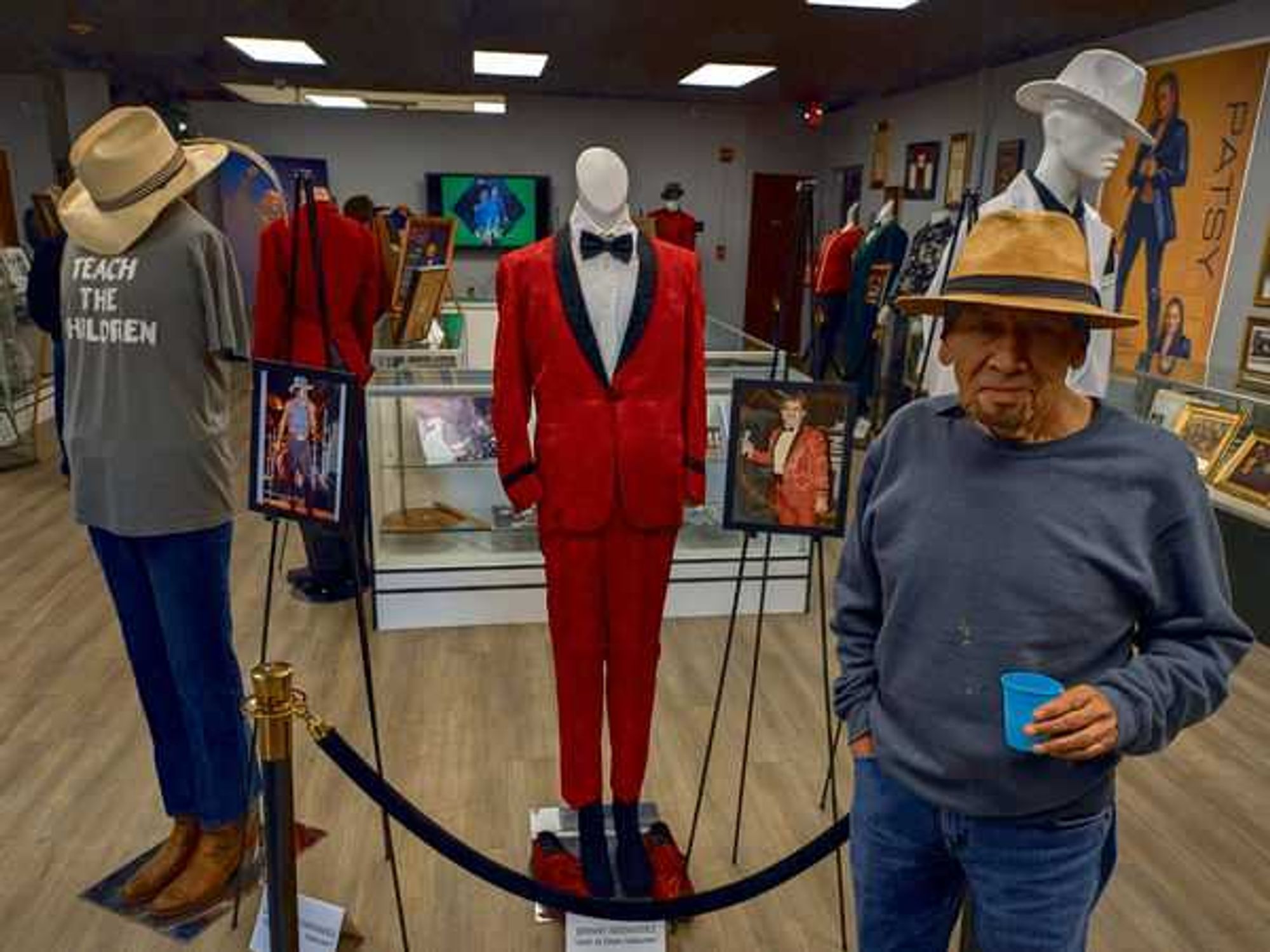
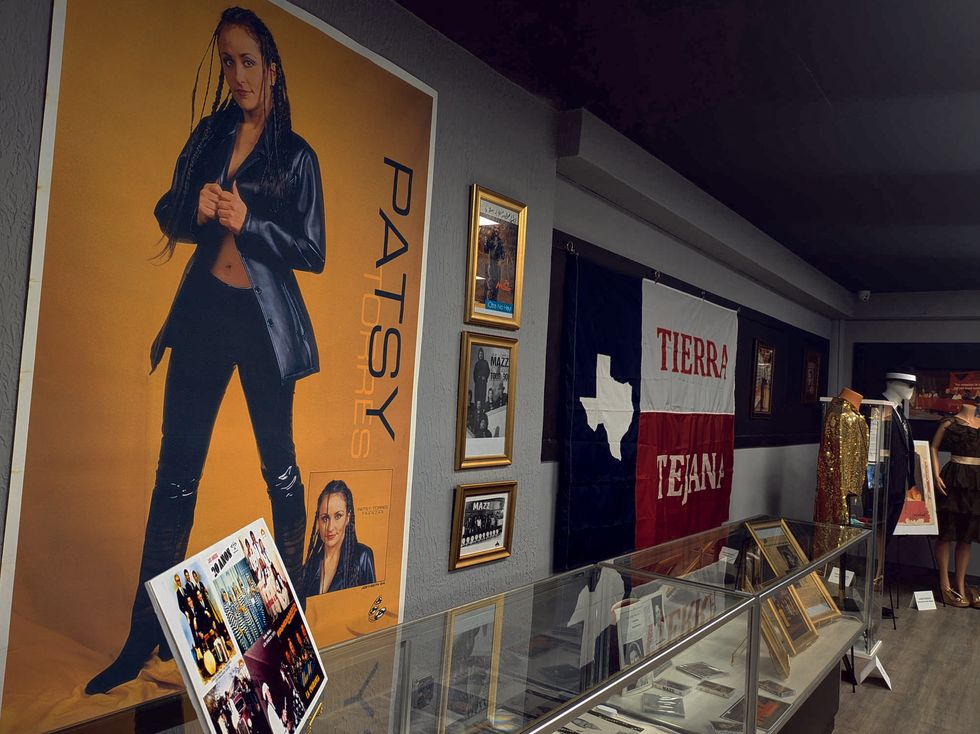 The newly opened Totally Tejano Hall of Fame and Museum includes a growing collection of memorabilia. Photo by Edmond Ortiz
The newly opened Totally Tejano Hall of Fame and Museum includes a growing collection of memorabilia. Photo by Edmond Ortiz